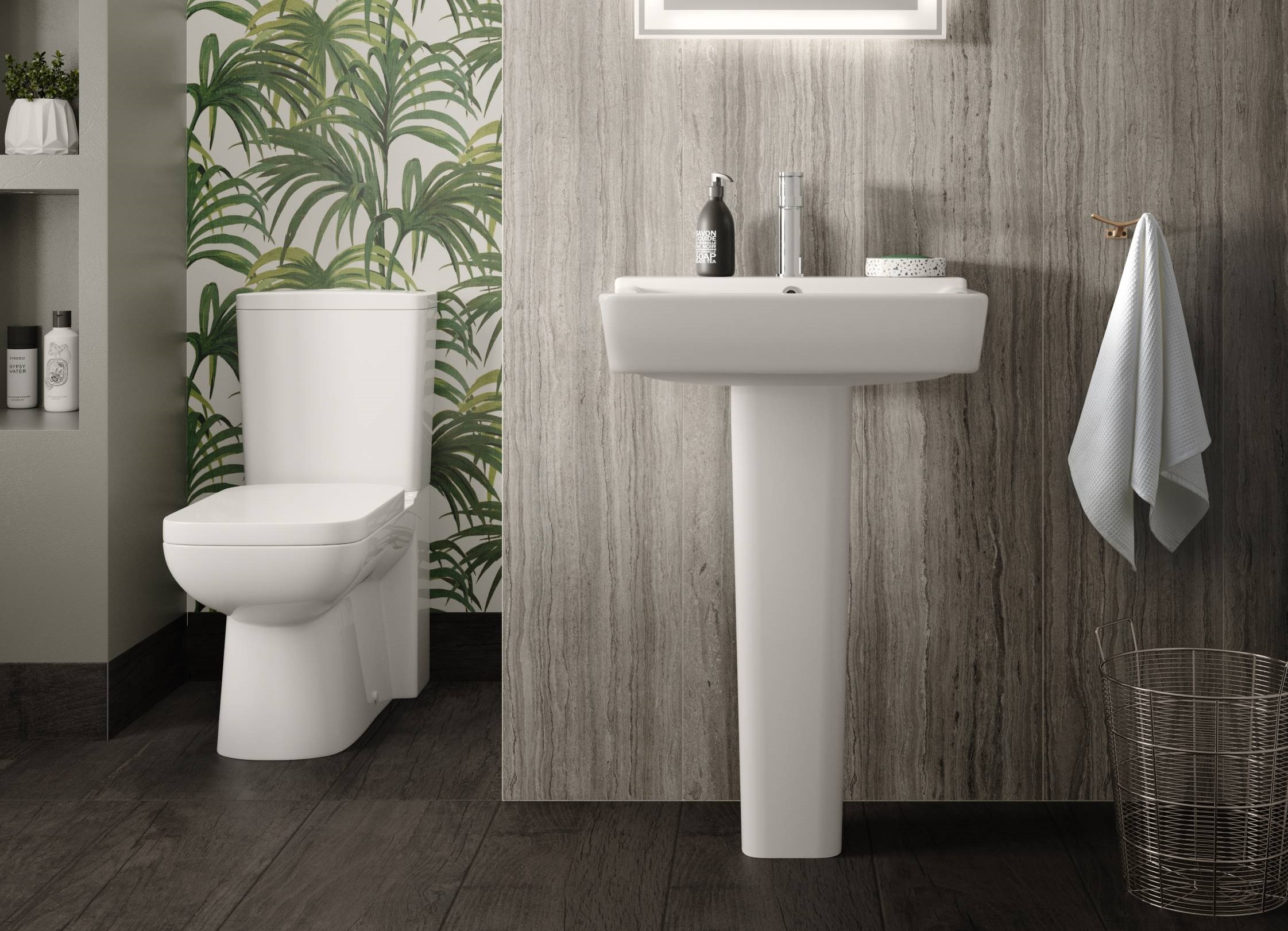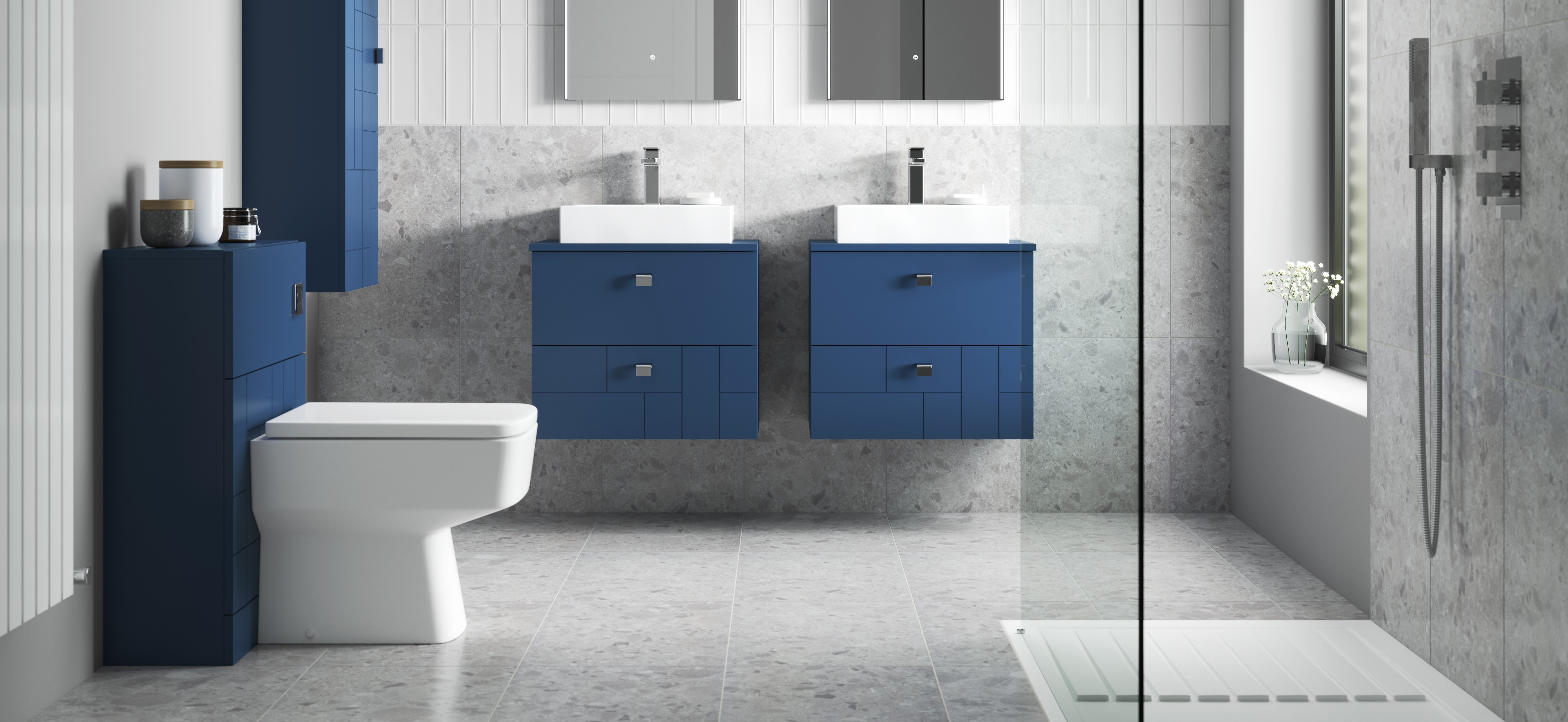Login / Register
This article from Metropolitan Electrical Contractors is your roadmap to reducing your carbon footprint, saving money on utility bills, and creating a more comfortable living environment for you and your family. We'll explore practical tips, lifestyle changes and renewable energy options that will help you transform your home into an energy-efficient haven.
From upgrading appliances to adjusting your daily habits, every small step counts towards a brighter, greener future. So, whether you're a seasoned eco-warrior or just starting your journey towards sustainability, join us as we embark on this empowering adventure aimed at energy-efficient living.
Let's make a positive impact on our planet and our budgets, one energy-efficient choice at a time.
Understanding Energy Efficiency
Understanding energy efficiency is key to making informed decisions about how we use energy in our daily lives. At its core, energy efficiency is all about getting the most out of the energy we consume while minimising waste.
It's not just about using less energy, but also about using it smarter. By optimising the efficiency of our appliances, lighting and heating systems, we can reduce both our energy bills and our environmental impact.
Energy efficiency isn't just a buzzword − it's a mindset shift that empowers us to take control of our energy usage and make choices that benefit both our wallets and the planet.
In this section, we'll delve deeper into the concept of energy efficiency, explore its benefits, and learn how small changes can make a big difference in our homes and communities. That way we can unlock the power of energy efficiency together.
Assessing Your Energy Usage
Assessing your energy usage is like taking a snapshot of how your home consumes power. It's the first step towards becoming more energy-efficient.
By conducting a simple home energy audit, you can identify areas where energy is being wasted and make targeted improvements. Start by looking for leaks in windows and doors, checking insulation levels, and assessing the efficiency of your appliances and heating, ventilation and air conditioning (HVAC) systems.
Don't forget to analyse your energy bills to understand your usage patterns over time. Armed with this information, you can prioritise upgrades and changes that will have the biggest impact on reducing your energy consumption and saving you money.
In the next section, we'll guide you through the process of assessing your energy usage, helping you uncover hidden inefficiencies and pave the way for a more sustainable future.
Practical Tips for Energy-Efficient Living
Let’s take a look at a few practical steps towards creating a more sustainable lifestyle:
-
Upgrade to energy-efficient appliances: Invest in Energy Star certified appliances, which consume less energy without sacrificing performance. Look for labels indicating energy efficiency when purchasing new appliances like refrigerators, dishwashers, and washing machines.
-
Lighting upgrades: Replace traditional incandescent bulbs with energy-efficient LED (light emitting diodes) or CFL (compact fluorescent lamps) bulbs. Not only do these bulbs last longer, but they also use significantly less energy, helping you save on electricity bills.
-
Insulation: Improve insulation in your home to prevent heat loss in the winter and keep cool air inside during the summer. Seal gaps and cracks around windows, doors and ducts to reduce air leaks and improve energy efficiency.
-
Smart thermostat installation: Upgrade to a programmable or smart thermostat to optimise your HVAC systems. Set temperature schedules based on your daily routines and preferences, and let the thermostat adjust automatically for maximum efficiency.
-
Water conservation techniques: Install low-flow fixtures in your bathrooms and kitchen to reduce water consumption. Fix leaks promptly and consider investing in water-saving appliances like high-efficiency toilets and showerheads.
By implementing these practical tips, you can significantly reduce your energy usage and contribute to a more sustainable future while also saving money on utility bills.
Renewable Energy Options
Incorporating renewable energy into your home can further enhance your journey towards energy efficiency.
Here are some renewable energy options to consider:
-
Solar power installation: Harness the power of the sun by installing solar panels on your roof or property. Solar energy is clean, abundant, and can significantly reduce your reliance on traditional grid electricity.
-
Wind energy considerations: If you have the space and resources, consider installing a small-scale wind turbine to generate electricity. Wind energy is another clean and renewable source of power that can supplement your energy needs, although most people won’t have the space for this.
-
Geothermal heating and cooling: This is the use of the constant temperature beneath the earth's surface to heat and cool homes efficiently. Geothermal systems are highly efficient and environmentally friendly, offering long-term energy savings. This is in its early stages in Australia, accounting for only about 0.001% of clean energy generation, but is used extensively in the US, Indonesia, Iceland and other countries.
Exploring these renewable energy options not only reduces your carbon footprint but also provides greater energy independence and resilience. Consider consulting with renewable energy experts to determine the best solution for your home and lifestyle.
Financial Incentives and Rebates
When it comes to embracing energy-efficient living in Australia, the government offers a helping hand with a range of financial incentives and rebates. These incentives are designed to make it easier and more affordable for households to invest in energy-efficient upgrades, from solar panels to energy-efficient appliances.
One of the most notable incentives is the Small-scale Renewable Energy Scheme (SRES), which provides financial assistance for installing solar panels and solar hot water systems. Additionally, many state governments offer rebates and subsidies for energy-efficient appliances, such as fridges, air conditioners and hot water systems.
By taking advantage of these incentives and rebates, you not only reduce your carbon footprint but also enjoy significant savings on power bills. It's a win-win situation for both your wallet and the environment.
Making a Positive Difference
Our guide to energy-efficient living has illuminated the path towards a greener, more sustainable and cost-effective lifestyle. We've explored the importance of energy efficiency in reducing both environmental impact and household expenses.
From simple habits like turning off lights when not in use to investing in energy-efficient appliances and renewable energy sources like solar power, there are countless ways to make a positive difference.
We've emphasised the significance of understanding energy consumption patterns and making informed choices to optimise efficiency. Moreover, we've highlighted the availability of financial incentives and rebates, such as SRES in Australia, which can significantly offset the initial investment costs.
By implementing the strategies outlined in this guide, you not only contribute to a sustainable future but also enjoy immediate benefits in the form of lower utility bills. Let's continue to prioritise energy efficiency and collectively work towards a brighter, cleaner tomorrow.
















